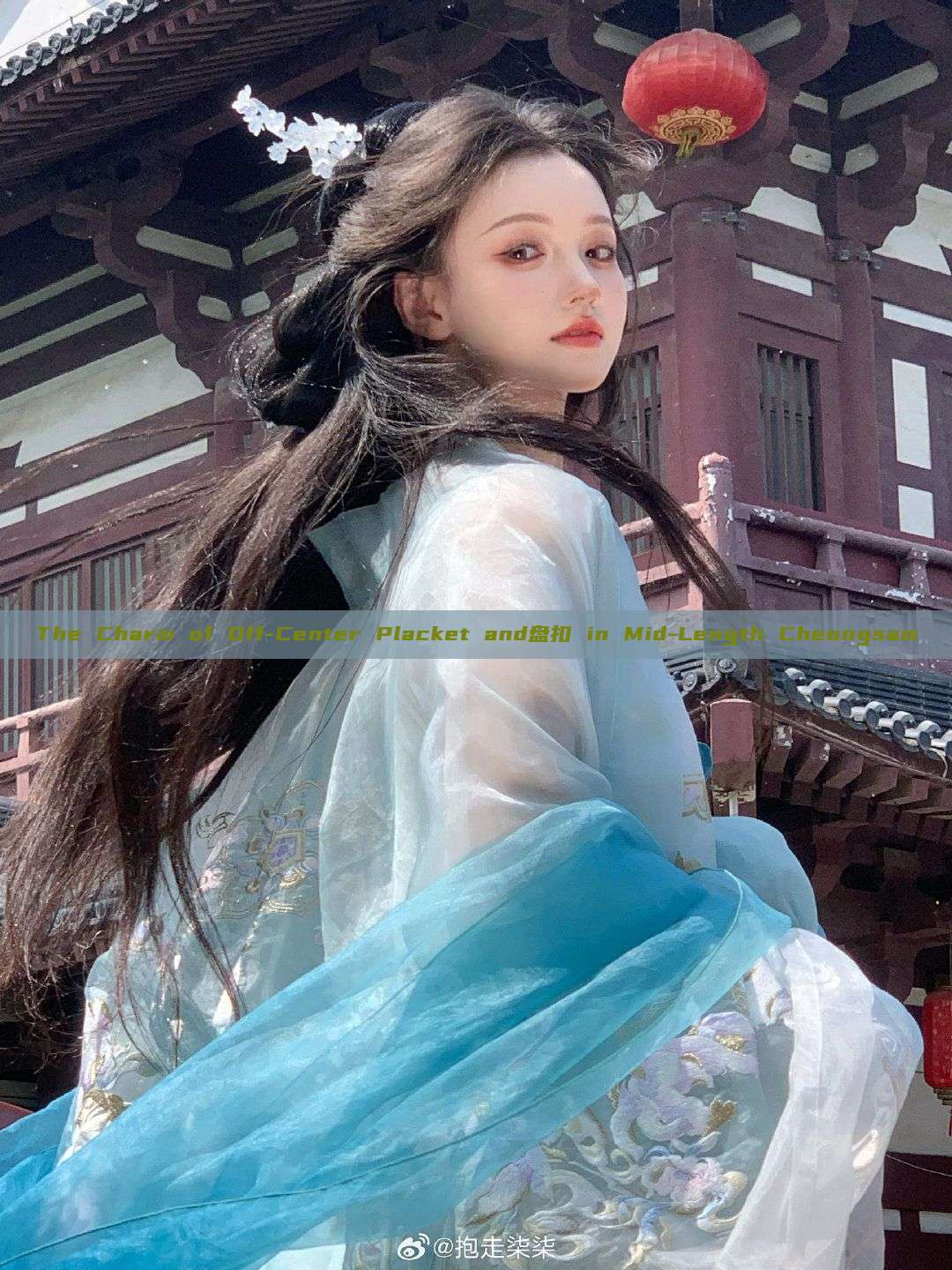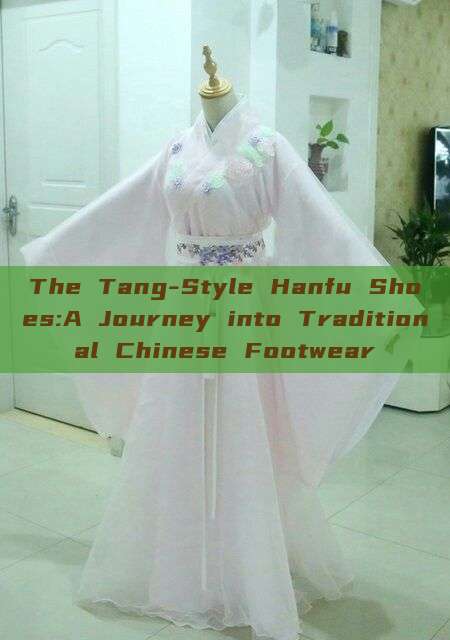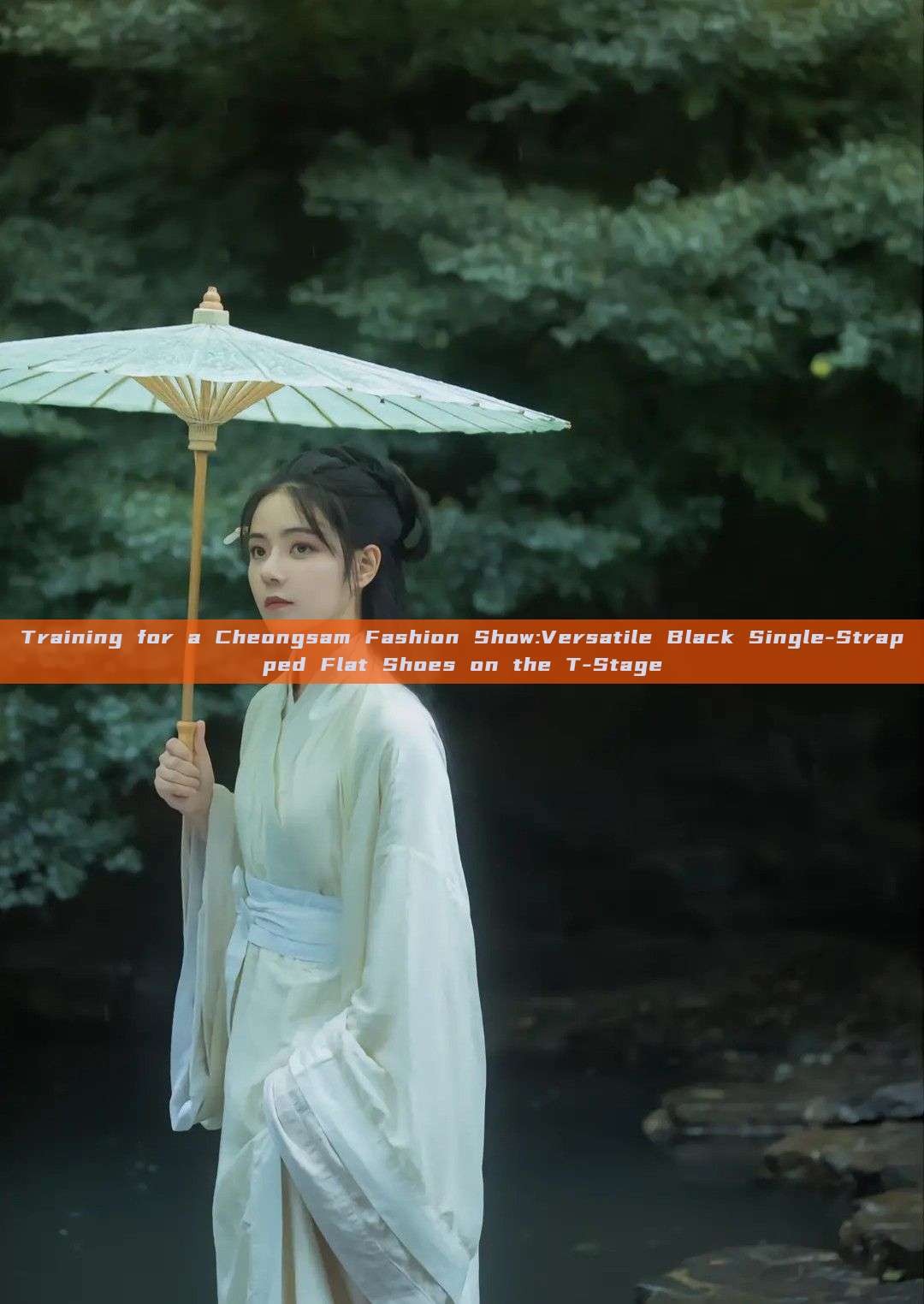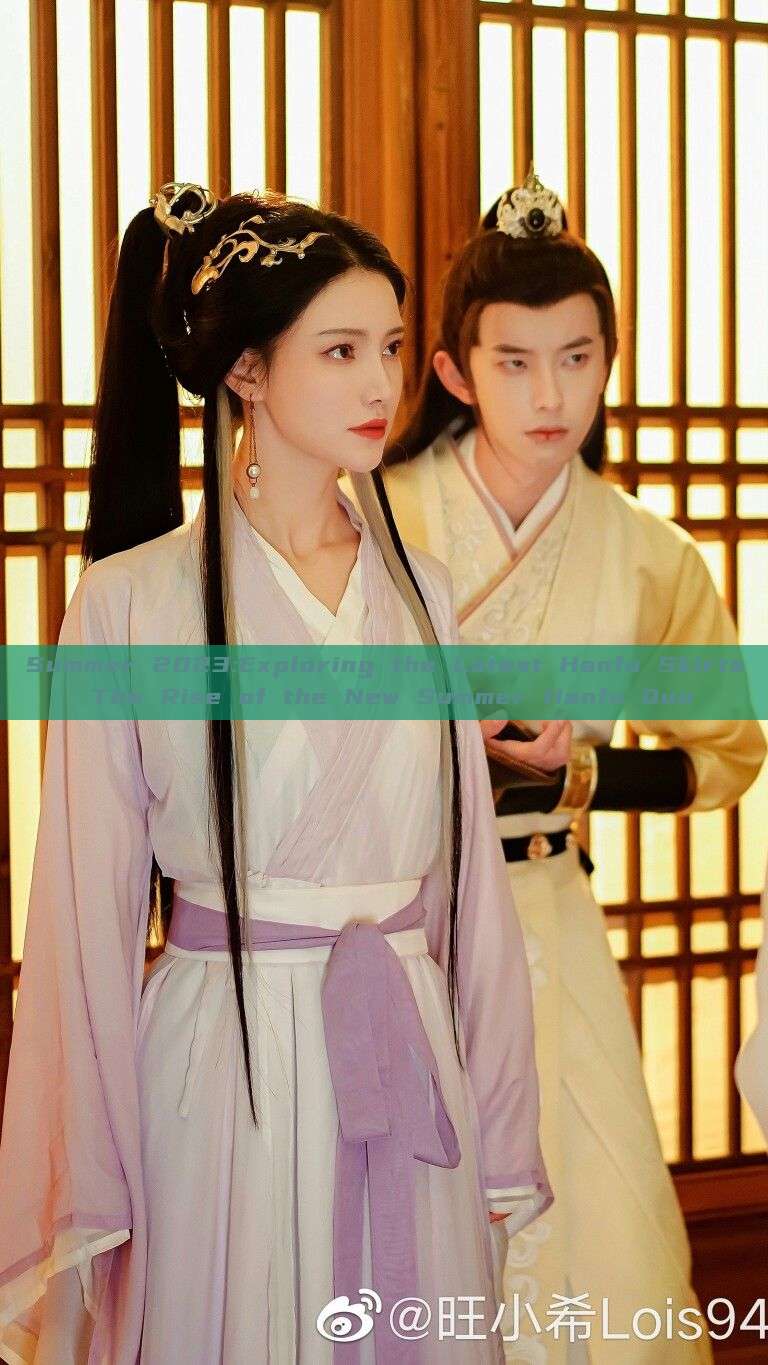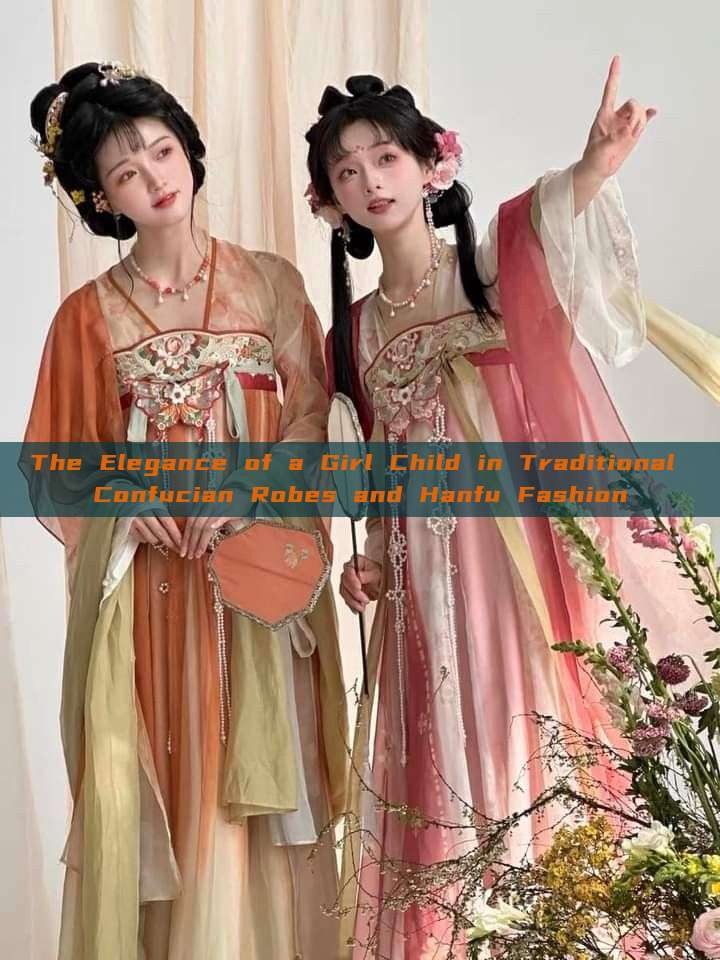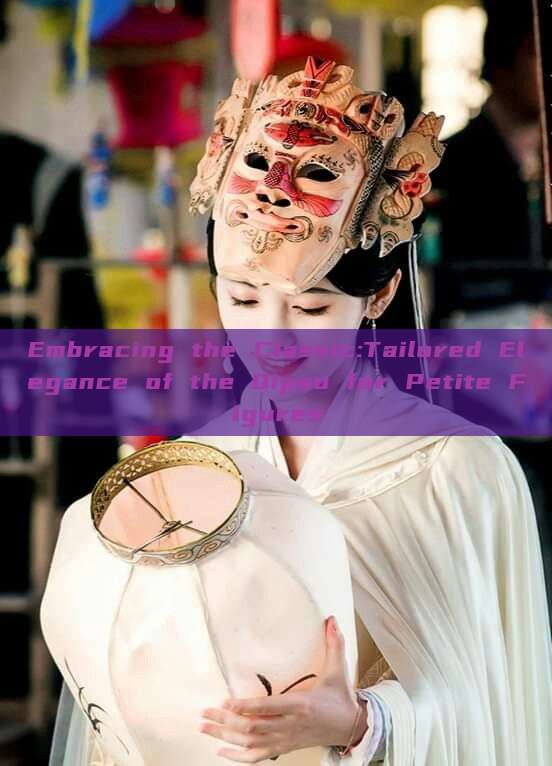In the heart of China, Beijing, a city with a rich cultural heritage, there lies a unique footwear tradition that dates back hundreds of years. This tradition is reflected in the exquisite craftsmanship and intricate designs of the old Beijing cloth shoes and Hanfu shoes. These shoes are not just footwear; they are a symbol of Beijing’s cultural identity and a testament to the skilled craftsmanship of the past.
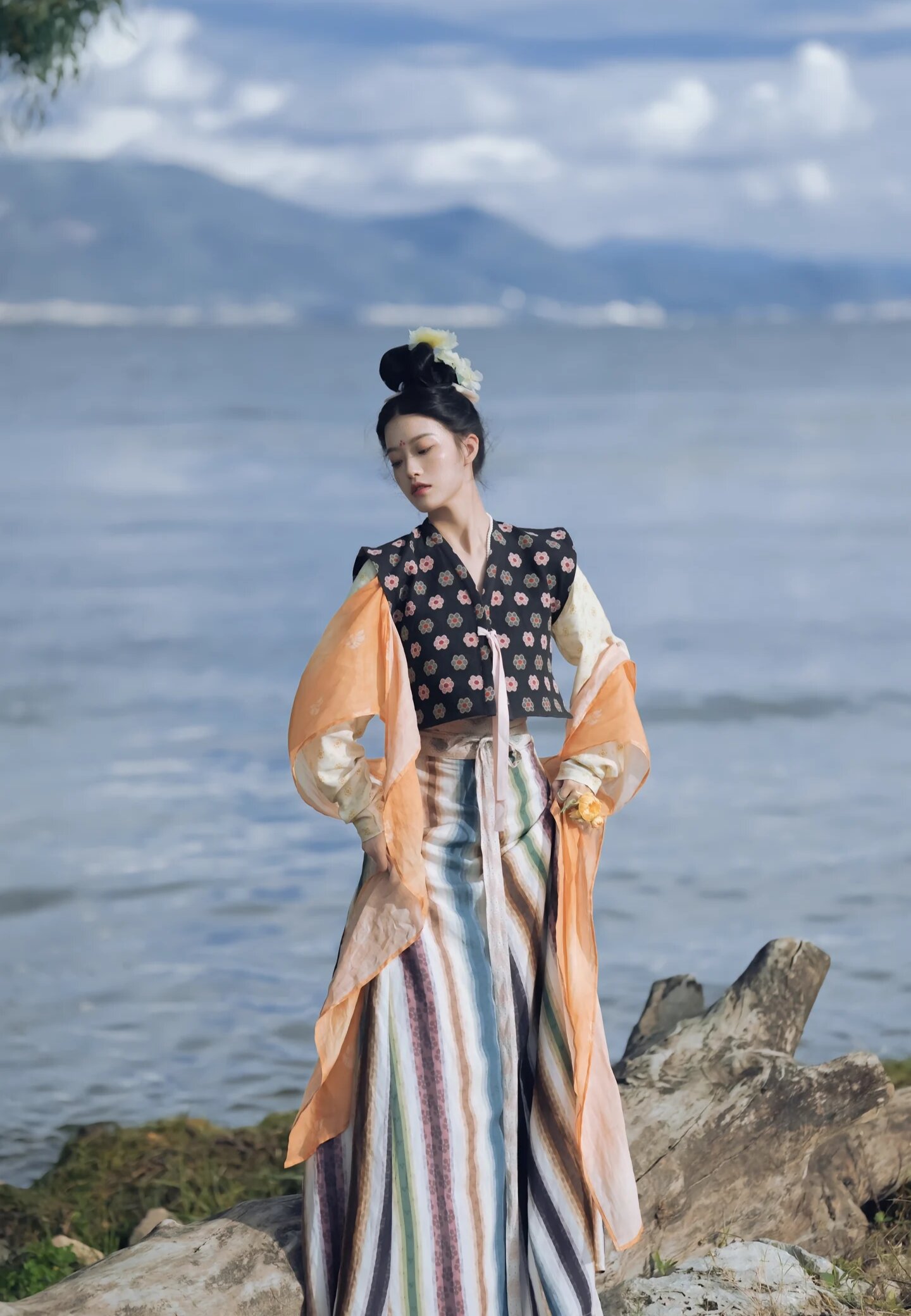
The history of old Beijing cloth shoes can be traced back to the Ming and Qing dynasties. These shoes were initially designed for comfort and practicality, crafted using traditional handloom techniques and natural materials like cotton, silk, and hemp. The intricate patterns and designs on these shoes were not just for aesthetics but also served as symbols of status and culture. These shoes were often passed down through generations, becoming family heirlooms that carried the legacy of skilled craftsmanship and cultural pride.
The Hanfu shoes, which originated from the Han dynasty, are another embodiment of Beijing’s rich footwear culture. These shoes are closely associated with traditional Chinese clothing, known as Hanfu, and are designed to complement the elegance and grace of this traditional attire. The Hanfu shoes are characterized by their simple lines, elegant designs, and meticulous craftsmanship. They are often made from high-quality materials like silk or leather and are adorned with intricate patterns and embroidery that reflect the cultural significance of the wearer.
The craftsmanship involved in making these traditional shoes is remarkable. The skilled craftsmen use traditional handloom techniques to craft each shoe meticulously, ensuring that every detail is perfect. The use of natural materials like cotton and hemp provides durability and breathability, while the intricate patterns and designs add to their aesthetic value. The shoes are often hand-stitched and hand-welted, ensuring a perfect fit and maximum comfort.
The old Beijing cloth shoes and Hanfu shoes have survived through the centuries because of their cultural significance and practicality. They are not just footwear; they are a reflection of Beijing’s rich cultural heritage and the skilled craftsmanship of its people. These shoes are often worn during traditional festivals and cultural events, providing a link to the past and a sense of cultural identity to the wearer.
In modern times, these traditional shoes have also made a comeback, with many young people embracing them as part of their fashion statement. They are seen as a way to revive the rich cultural heritage of Beijing and to support local craftsmanship. The modern versions of these shoes are often made using modern materials and techniques, but still retain the traditional designs and craftsmanship that make them unique.
The old Beijing cloth shoes and Hanfu shoes are not just a piece of footwear; they are a story of Beijing’s rich cultural heritage and skilled craftsmanship. They reflect the cultural values of a people who have survived through centuries, passing down their traditions and values through generations. Today, these shoes stand as a testament to Beijing’s rich cultural heritage and provide a link to the past for future generations. As we embrace modernity, it is important to remember our roots and to uphold the values that have been passed down through generations. The old Beijing cloth shoes and Hanfu shoes provide us with a reminder of our rich cultural heritage and inspire us to uphold our cultural values in modern times.
In conclusion, the old Beijing cloth shoes and Hanfu shoes are not just footwear; they are a reflection of Beijing’s rich cultural heritage and skilled craftsmanship. They provide a link to the past, ensuring that future generations can understand and appreciate their rich cultural heritage. As we move forward into the future, it is important to remember our roots and uphold the values that have been passed down through generations. These traditional shoes provide us with an opportunity to do so and inspire us to embrace our cultural heritage in modern times.


